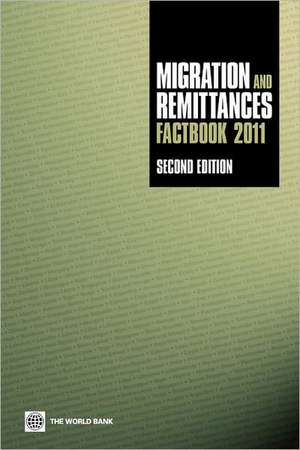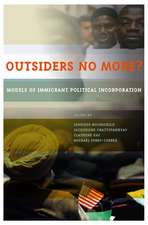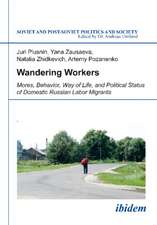Migration and Remittances Factbook
Editat de World Bank Groupen Limba Engleză Paperback – 31 oct 2010
Preț: 311.16 lei
Nou
Puncte Express: 467
Preț estimativ în valută:
59.56€ • 64.72$ • 50.06£
59.56€ • 64.72$ • 50.06£
Carte tipărită la comandă
Livrare economică 22 aprilie-06 mai
Preluare comenzi: 021 569.72.76
Specificații
ISBN-13: 9780821382189
ISBN-10: 0821382187
Pagini: 264
Ilustrații: 1
Dimensiuni: 150 x 226 x 18 mm
Greutate: 0.39 kg
Ediția:2011
Editura: World Bank Publications
ISBN-10: 0821382187
Pagini: 264
Ilustrații: 1
Dimensiuni: 150 x 226 x 18 mm
Greutate: 0.39 kg
Ediția:2011
Editura: World Bank Publications











